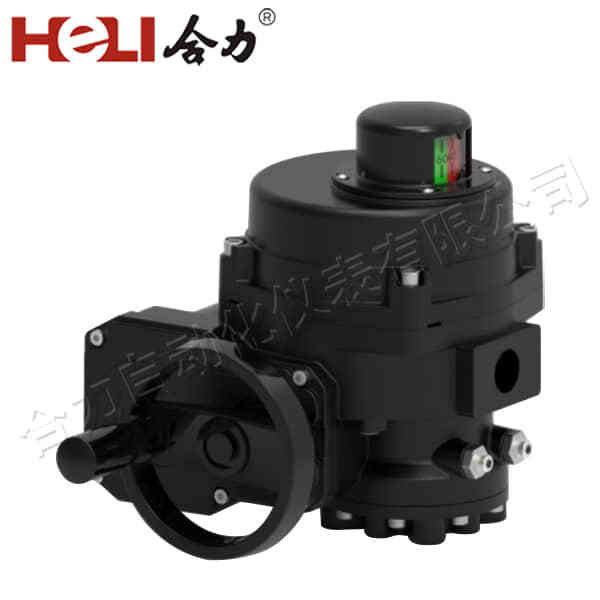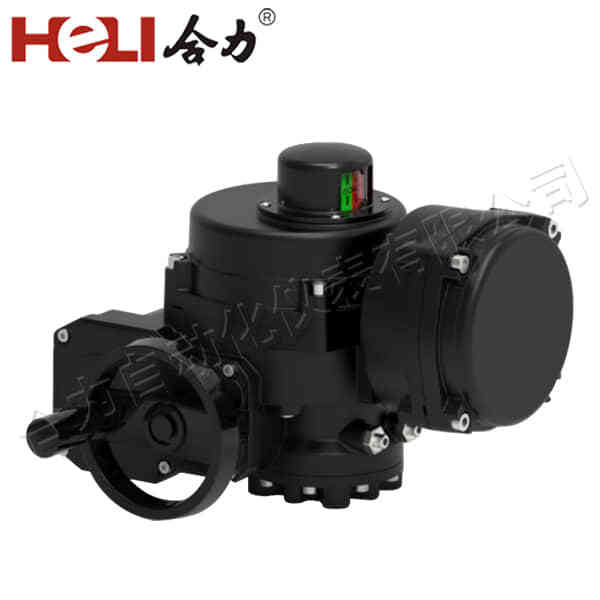Electric actuator valves play a crucial role in modern industrial automation systems, ensuring efficient and reliable control of fluid and gas flow in pipelines. With the advancement of technology, the use of electric actuators in valve systems has become more widespread across industries such as oil and gas, water treatment, HVAC, and power generation. This article explores the design, working principles, advantages, and applications of electric actuator valves, highlighting their significance in automation processes.

What is an Electric Actuator Valve?

An electric actuator valve is a type of valve that is operated by an electric actuator. The actuator, which is powered by electricity, converts electrical energy into mechanical motion to control the valve’s operation. The valve itself can vary in type, including ball, butterfly, globe, and gate valves, each serving different purposes based on the application. The actuator can open, close, or regulate the valve’s position, offering precise control over the flow of liquids, gases, or steam within a pipeline. Working Principle The basic operation of an electric actuator valve involves the conversion of electrical signals into mechanical movement. When an electrical signal is sent to the actuator, it powers an electric motor inside the actuator. This motor drives a gear mechanism that moves the valve stem or rotates the valve plug, adjusting the valve’s position. The actuator is equipped with position feedback devices that provide real-time data to the control system, ensuring that the valve reaches the desired position.

Leave a Reply
You must be logged in to post a comment.